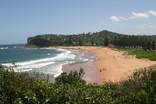(It is important to note that the site where the Ark of the Covenant sat after David's conquest of what had been Jebus was in the tent he erected for it at Gihon, in the City of David, or Zion)
How precious is Your lovingkindness, O God!
Therefore the children of men put their trust under the shadow of Your wings.
They are abundantly satisfied with the fullness of Your house,
And You give them drink from the river of Your pleasures.
For with You is the fountain of life;
In Your light we see light.
The wings under which the people shelter are those of Yahweh represented by His cherubim on the Ark and the river of His pleasure and the fountain of life is right there, with God and represented in Gihon's happy, bubbling flow.
Naturally, the plans given to David from God for a permanent temple to house the Ark and all its items--and which was to be built by his son Solomon--included all these elements; including the flowing stream that was with Him !!
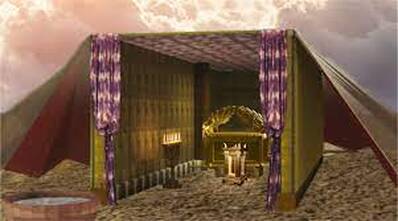
Read more in Ian Heard's
THE TEMPLE QUEST -- details HERE
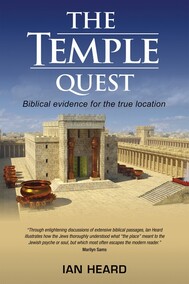
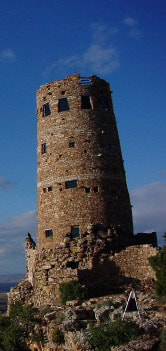
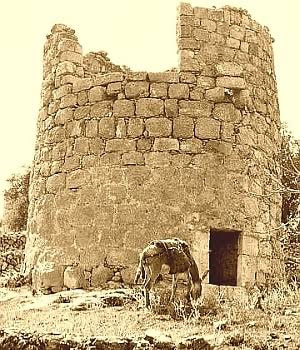
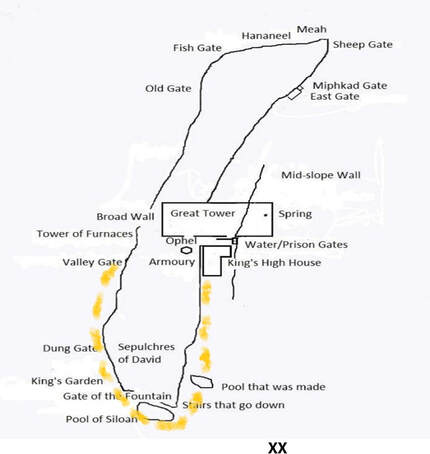
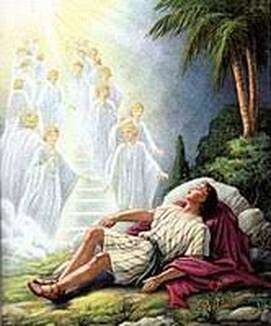
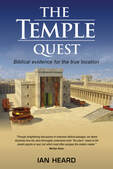
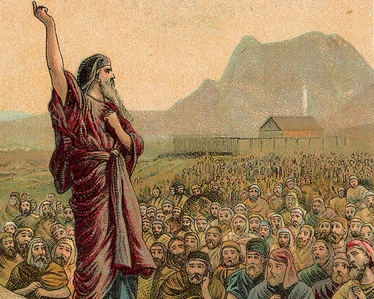
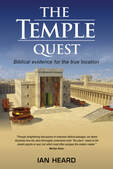
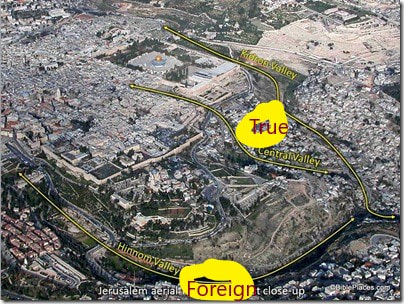
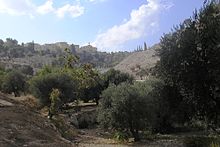
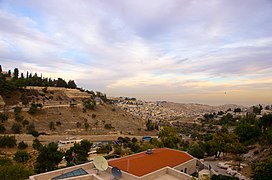
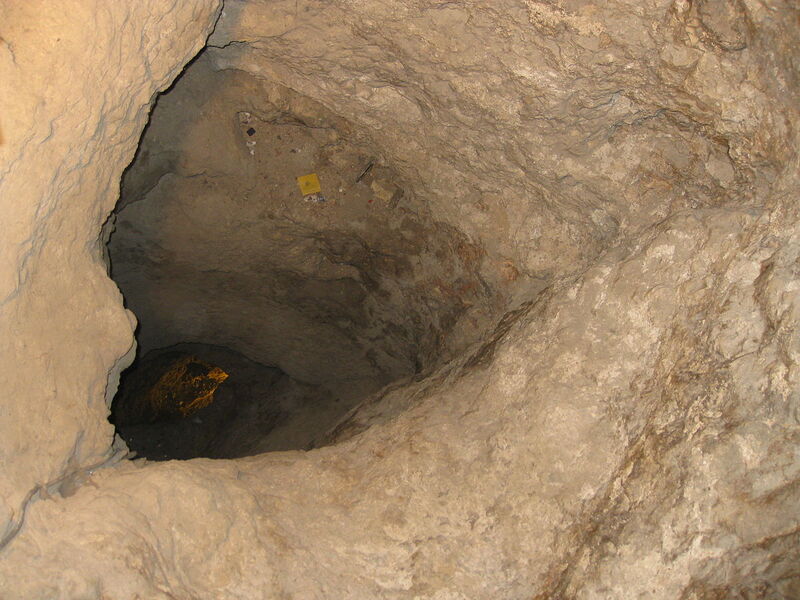
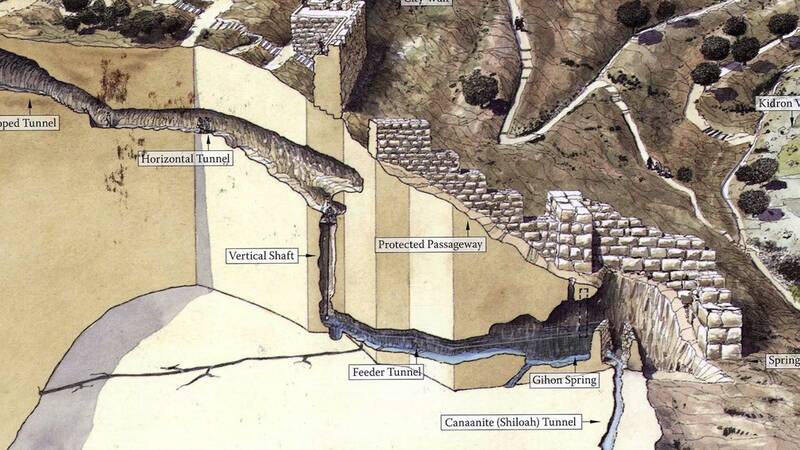
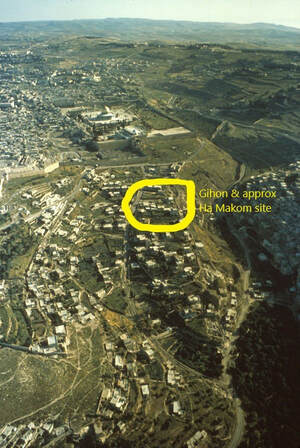
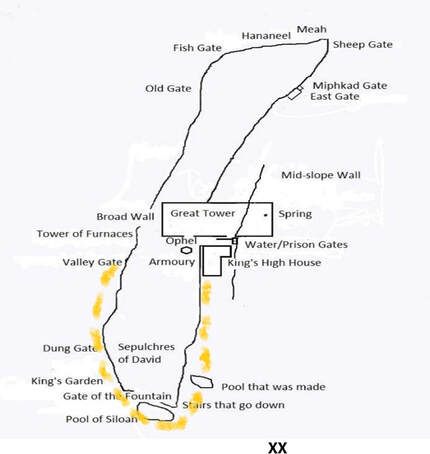
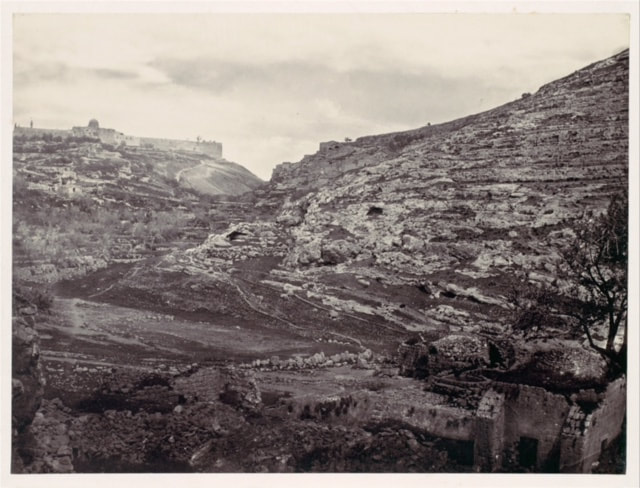
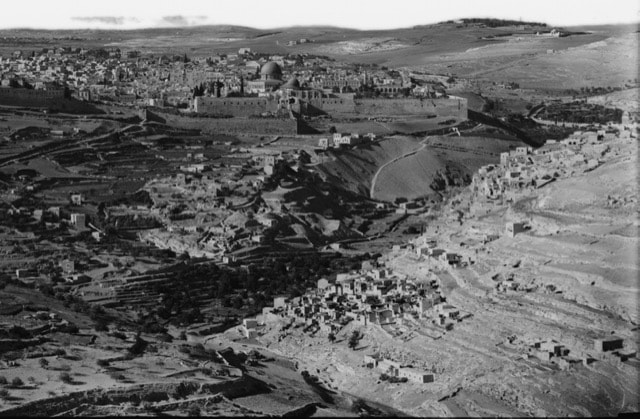
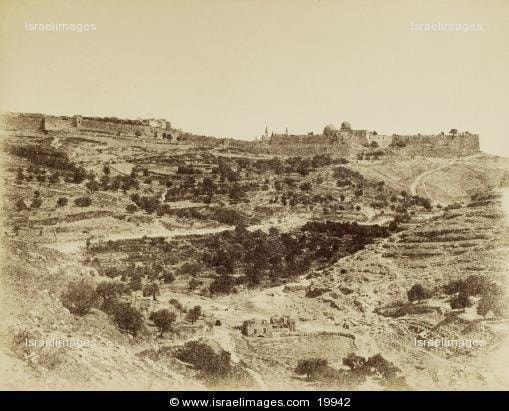
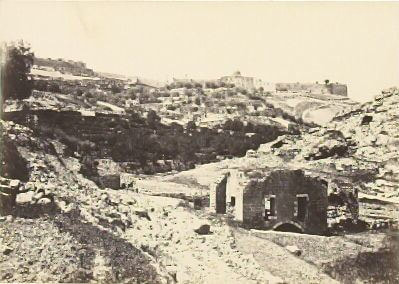
 RSS Feed
RSS Feed
